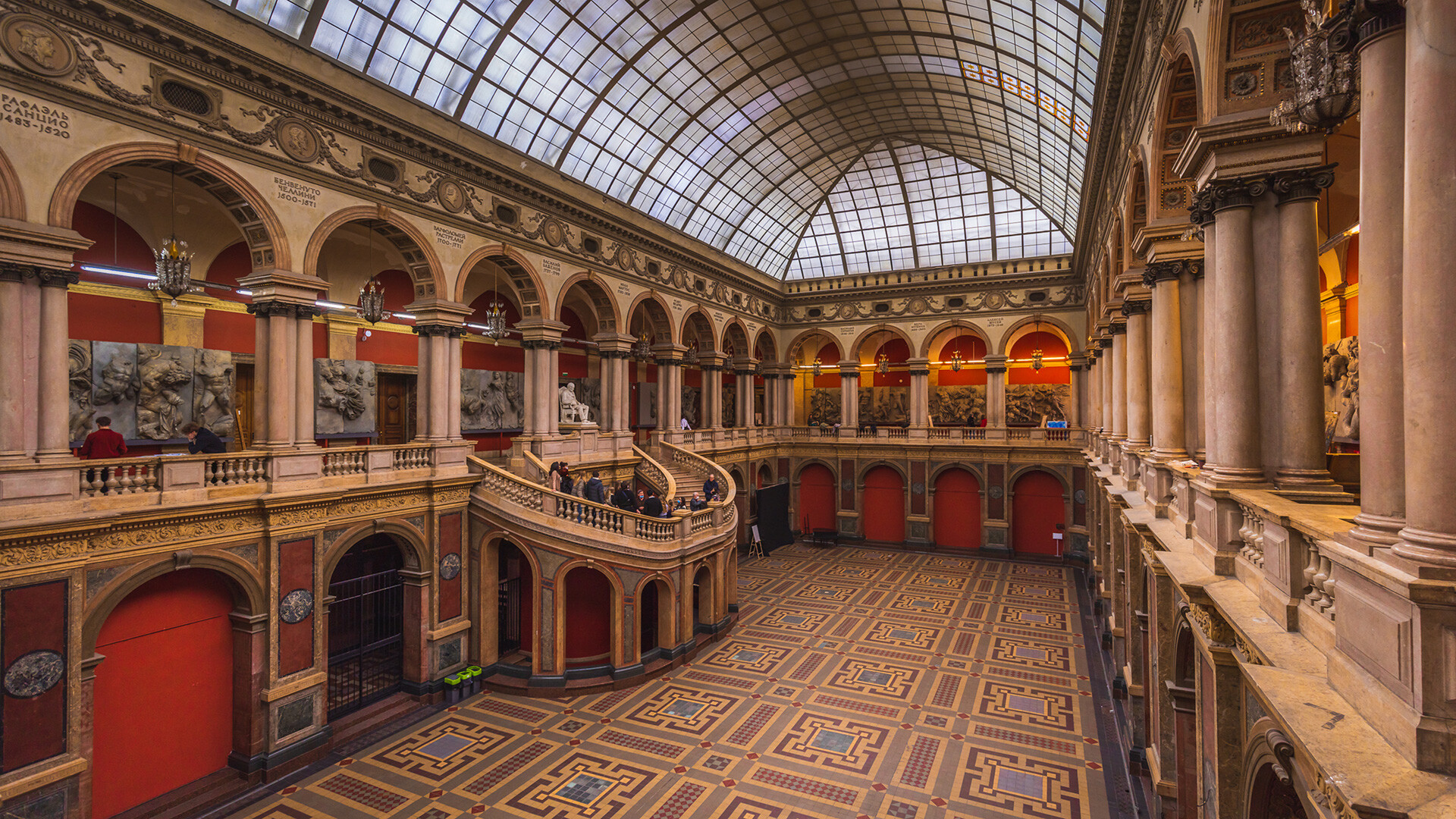
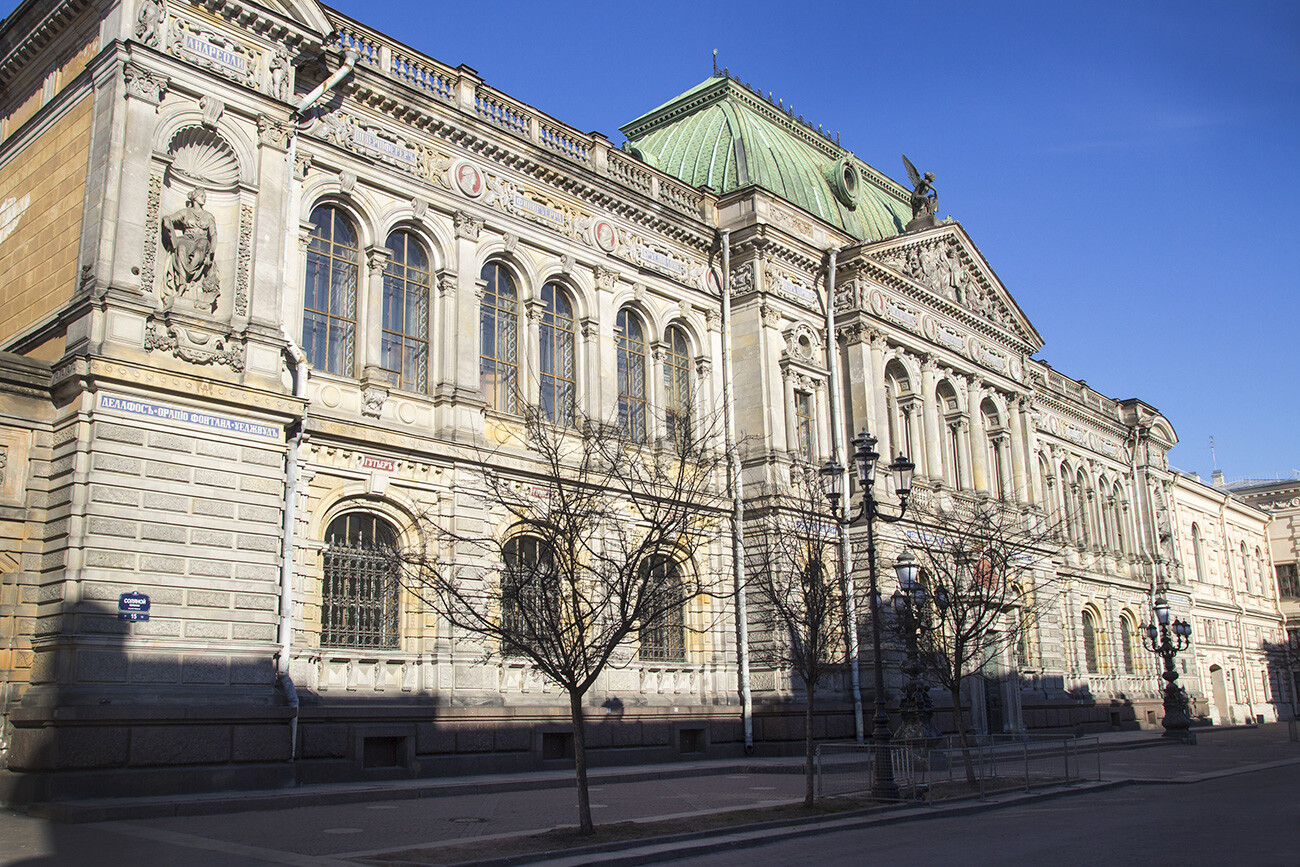
The building of this academy, built with the funds of banker and philanthropist Alexander Stieglitz at the end of the 1870s looks like a Venetian palace. Its facade is richly decorated with bas-reliefs, engaged columns and mosaics. Inside is a colossal atrium with frescoes and arcades under a large transparent dome of glass and metal.

The Museum of Applied Arts can be found inside the academy, with European artifacts from the 14th-19th centuries. You can note different historical eras and styles in the decoration of its 32 halls, from Antiquity to the Russian ‘terem’ (a Russian fairy-tale house).
They say that, if you stop at the crossing of the Griboyedov Canal and the Krykov Canal and count the seven bridges around you, your heart’s desire will be granted. To make sure it’s granted, it’s best to do it on the seventh of any given month at 7 o’clock in the evening.
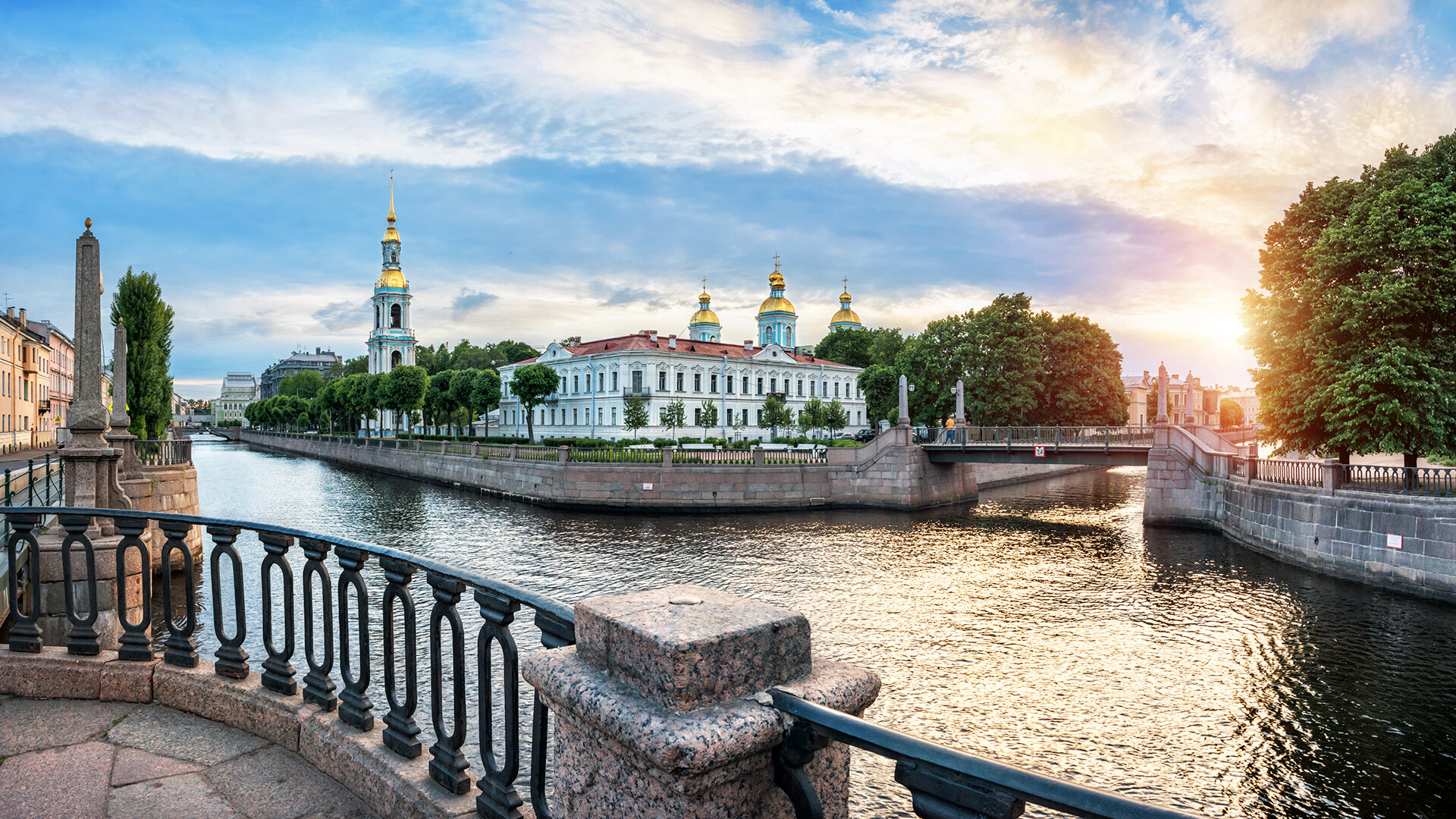
How is it done? You need to stop on the Pikalov Bridge (1), such that the bell tower of the white-and-blue St. Nicholas Naval Cathedral is to your left. Ahead of you, you should see the Krasnogvardeysky Bridge (2) over the Griboyedov Canal and, behind it – the Novo-Nikolsky Bridge (3). On the right, over the Kryukov Canal, there will be the Staro-Nikolsky Bridge (4) and behind it – the Smezhny Bridge (5). If you turn your back to the Krasnogvardeysky Bridge, you’ll see the Mogilevsky Bridge (6) on the Griboyedov Canal. On the right, on the Kryukov Canal, you will find the Kashin Bridge (7).

7th Vasilyevskogo Ostrova Line, 16
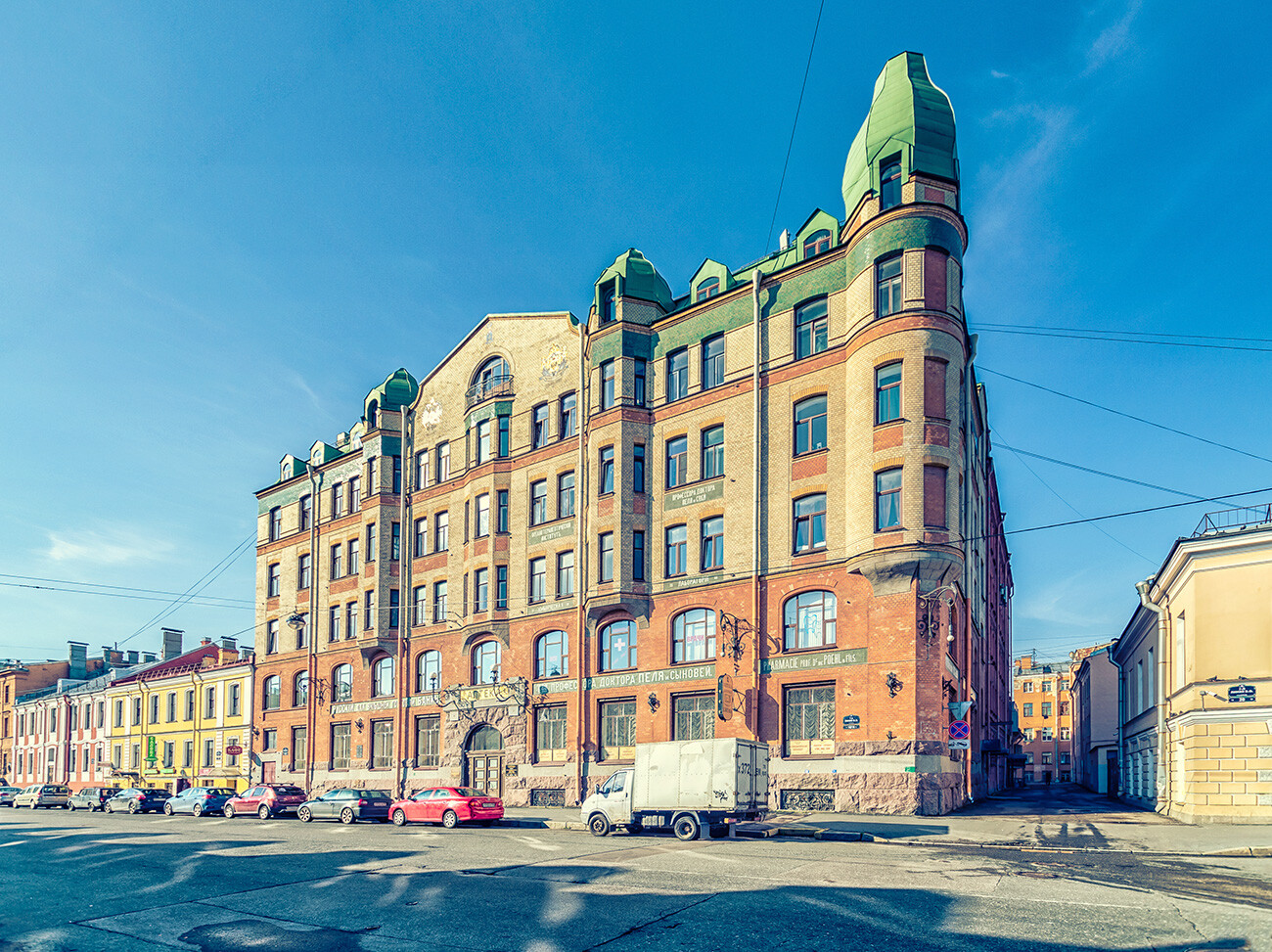
It’s believed that this pharmacy is over 250 years old. The most famous among its owners was pharmacist Wilhelm (Vasily) Poehl. In 1850, he established one of the first chemical labs in Russia in it and started his own medicine production.
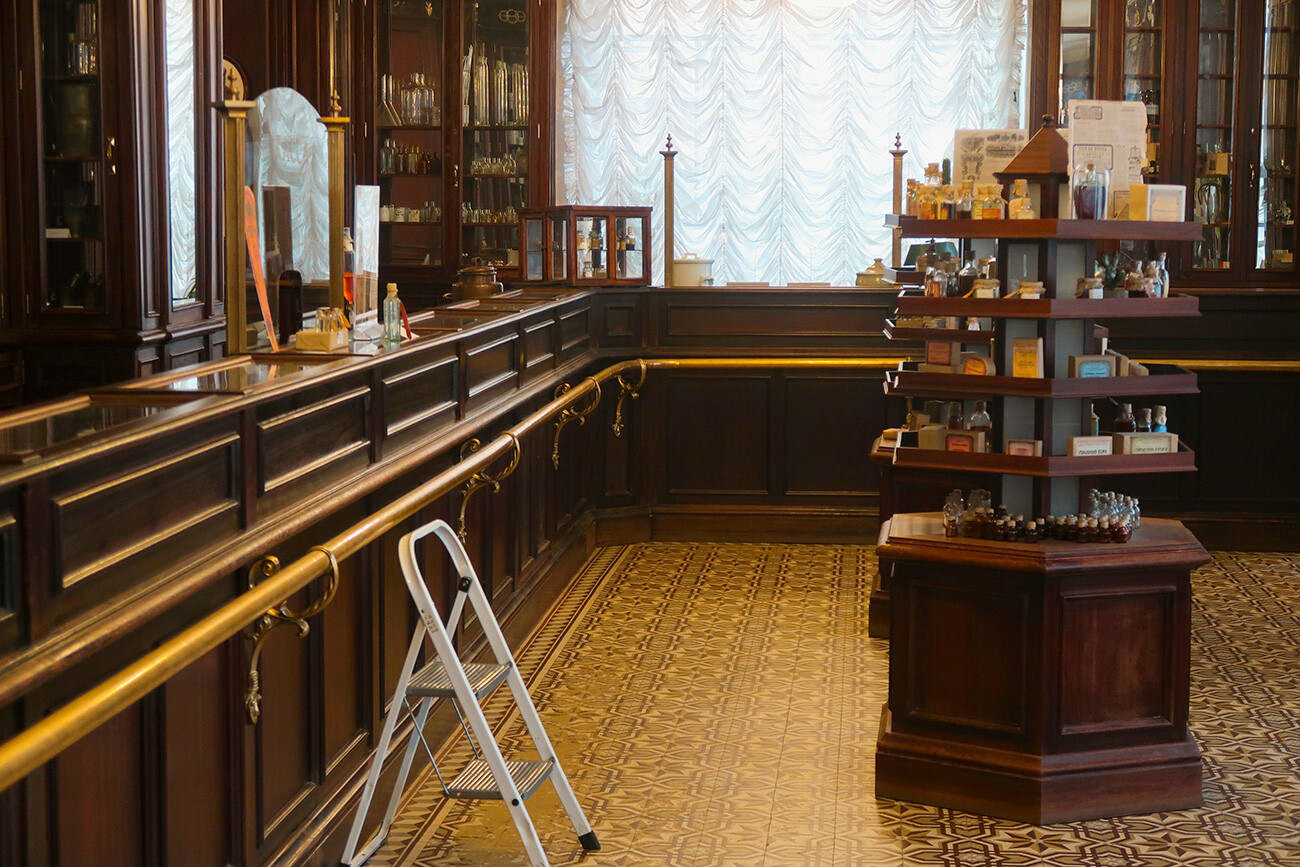
Today, this pharmacy operates as a museum. It has had its historical interiors restored; the exhibition exhibits medical instruments and machines from different eras. During excursions, the guides explain how pharmaceutics developed in Russia, why there is a crocodile on the pharmacy’s wall and what legends surround the concealed Griffin Tower in the pharmacy’s yard. In the pharmacy’s basement, you can also see a real alchemical laboratory!

If you liked the view from the colonnade of St. Isaac’s Cathedral, ascend the bell tower of Smolny Cathedral, built by Bartolomeo Rastrelli in the 18th century – this is the highest observation deck in the city. There’s no circular panorama, but three passages present the view of the former Smolny Convent, the Neva River and one of the most beautiful bridges of the city – Bolsheokhtinsky Bridge.
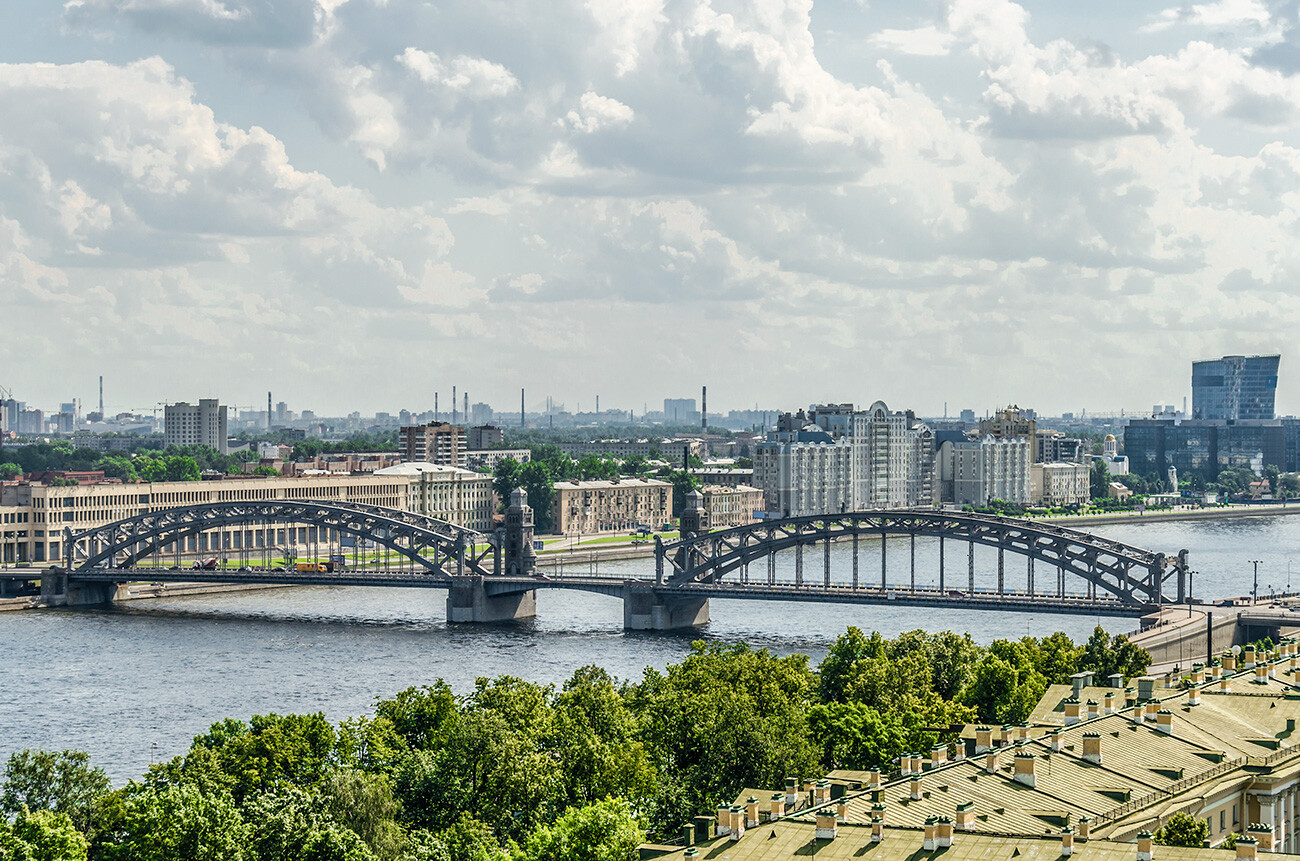
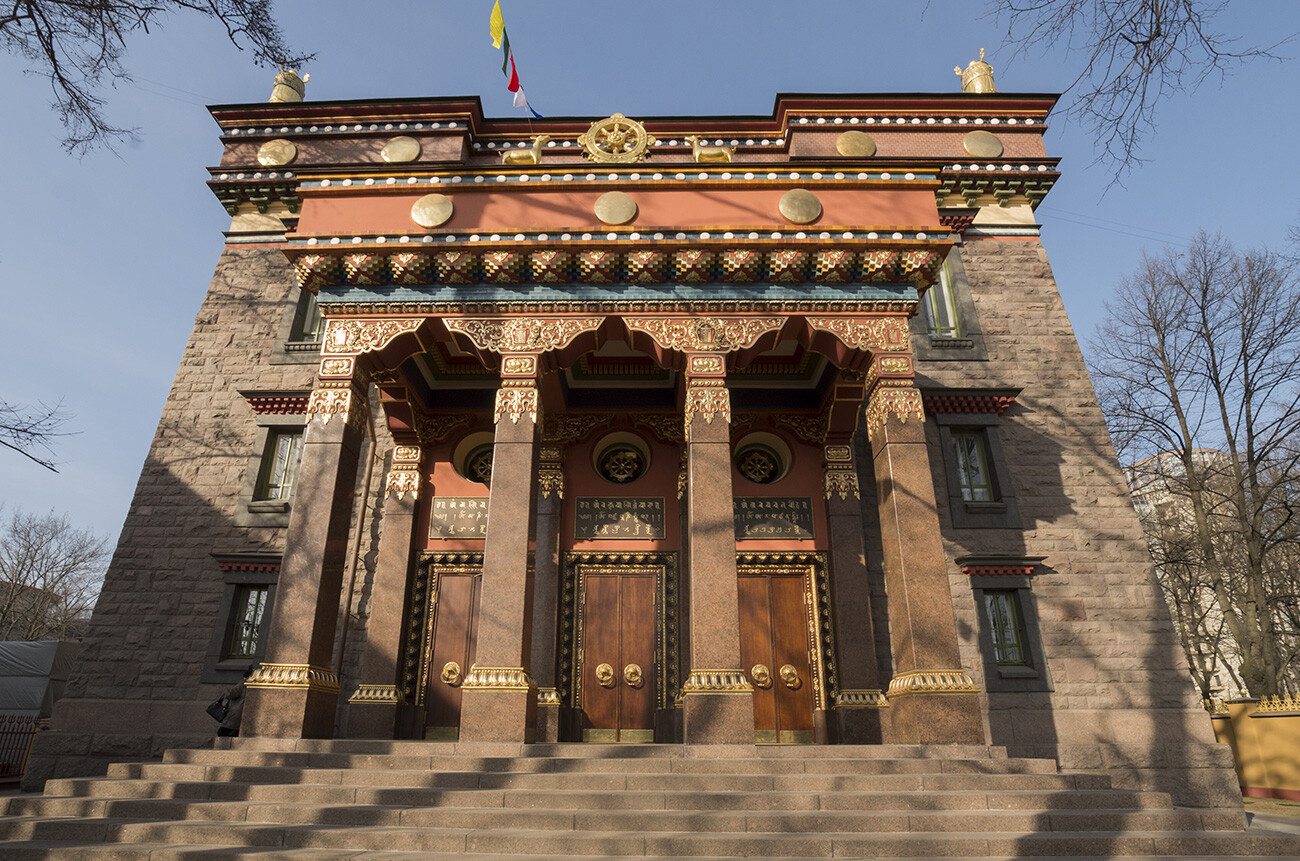
The inner garden of this Buddhist temple, or ‘datsan’, is like an island of serenity. The surroundings truly encourage one to think about the meaning of life. You can also try your luck at spinning the prayer wheels, as well as admire the hanging banners of luck and the stone lion sculptures.

The St. Petersburg datsan is the first Buddhist temple in Europe; until 2014, it was also the northernmost Buddhist temple in the world. It was built in the Northern Art Nouveau style and consecrated in 1915. Inside, you can see the restored stained glass windows from the sketches of painter Nicholas Roerich. On Sundays, lamas conduct excursions.
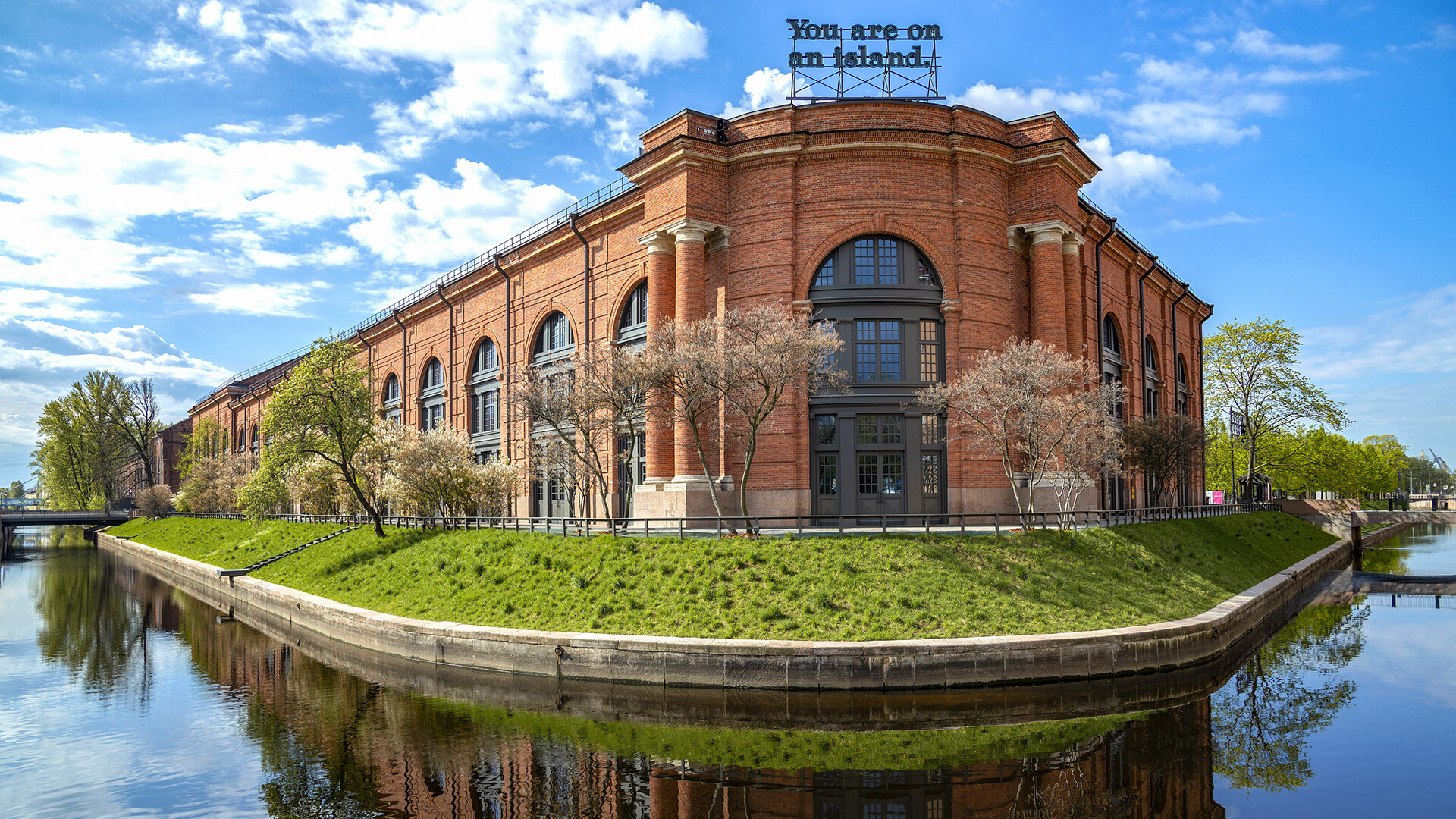
This is a small, cozy island with its own pond inside that became a conceptual space several years ago – with trendy restaurants and stores, exhibition spaces, shadowy alleys, a mini amusement park and a large open field that transforms into an ice skating rink during winter. All of this stands among surviving pre-revolutionary industrial architecture.
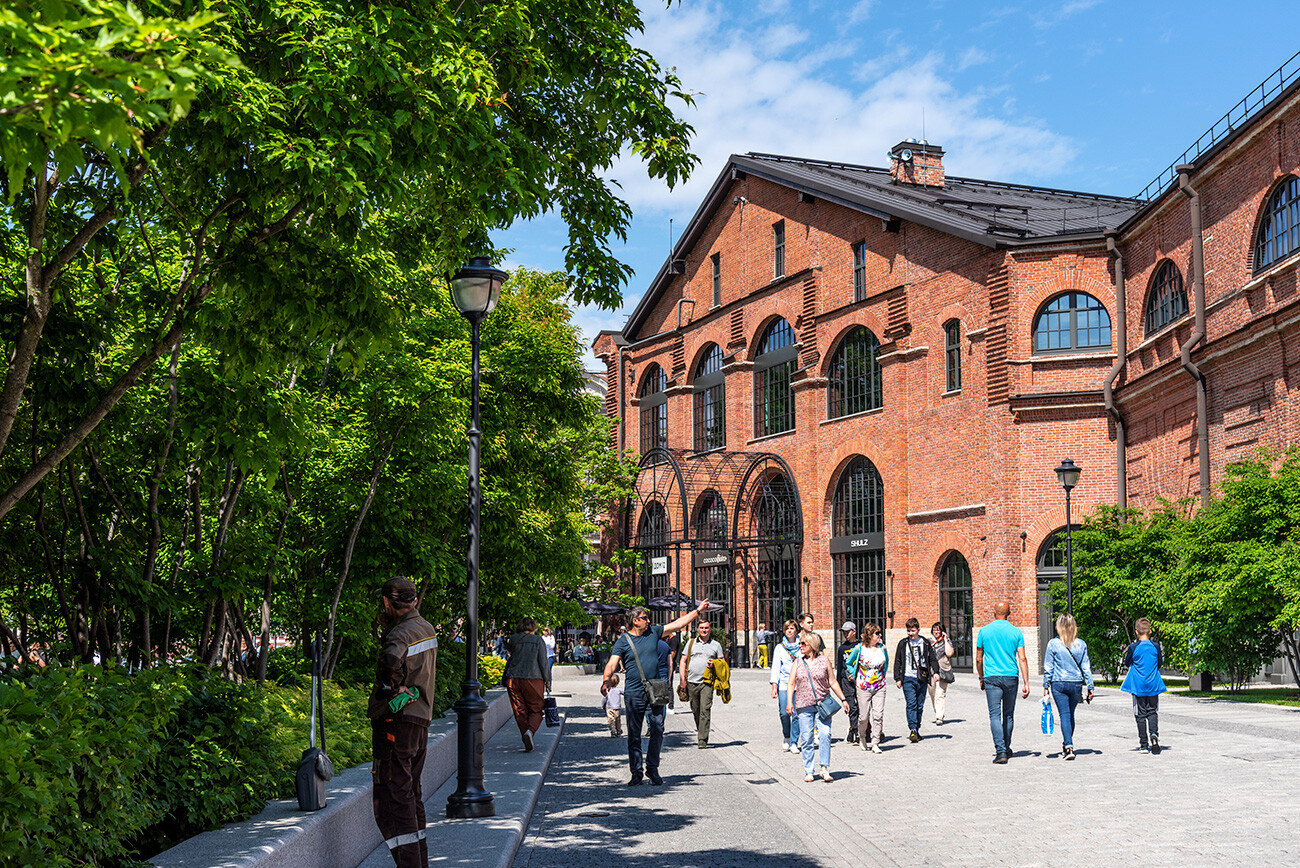
Once, the island belonged to the Admiralty: Back then, timber for ship building was dried there. In 1830, a round building with an open courtyard was erected on the island, which served as a prison until 1917. Today, cafes and stores occupy the former cells; a stage was, meanwhile, installed in the courtyard.
This is yet another cultural space, but this time in a historical 19th-century mansion. It hosts modern art exhibitions, lectures, performances, concerts and movie screenings. You should take a peek inside this mansion if only for the pure Peterburgian atmosphere: explore the luxurious interiors touched with time. ‘Third Place’ has a small inner courtyard, yet unrestored, but also maintaining the mark of its former luxury.
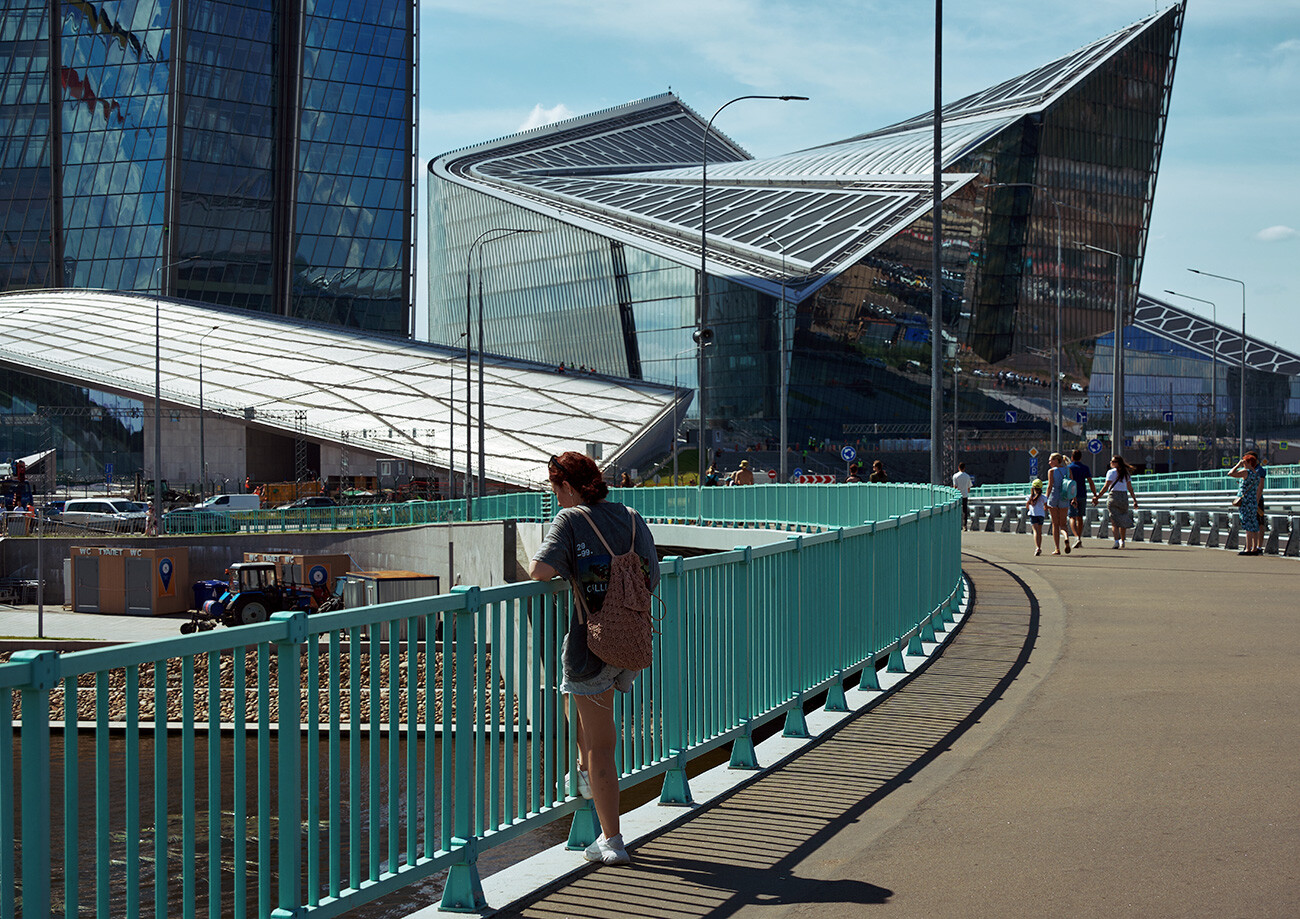
In 2023, an embankment was set up at the foot of Europe’s tallest skyscraper in St. Petersburg. There, you can stroll along the promenade, go for a skateboard, rollerblade or bike ride, relax on swings and benches, which are equipped with wireless chargers for phones or sunbathe in the amphitheater. The space is adorned with the ‘Feather’ glass art object.
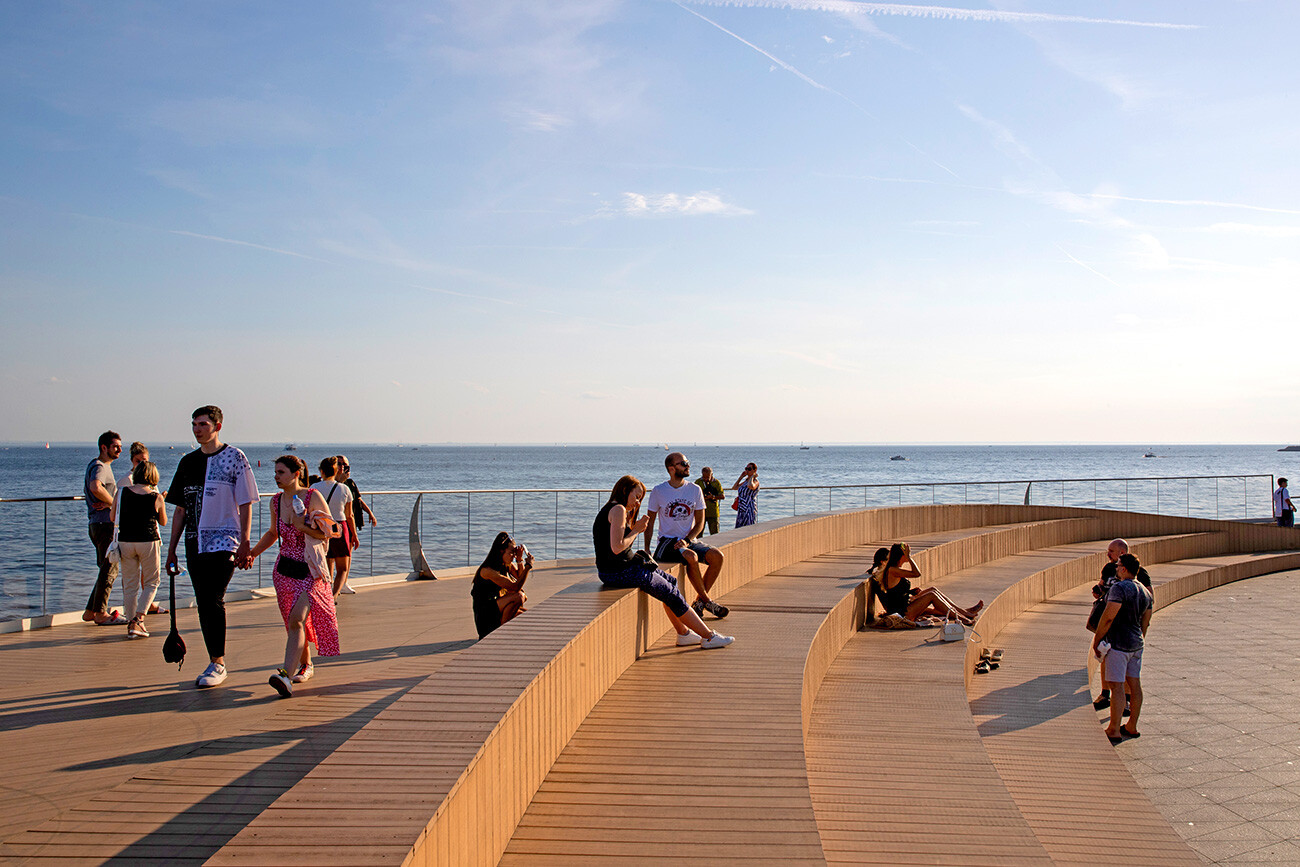
’’The site offers a futuristic panorama: three giant flags (modern, Soviet and imperial) on the highest 175-meter flagpoles in Europe, the Gazprom Arena and the Cable-stayed Bridge. And, on the right, you can see a copy of the battleship Poltava from Peter the Great’s times..
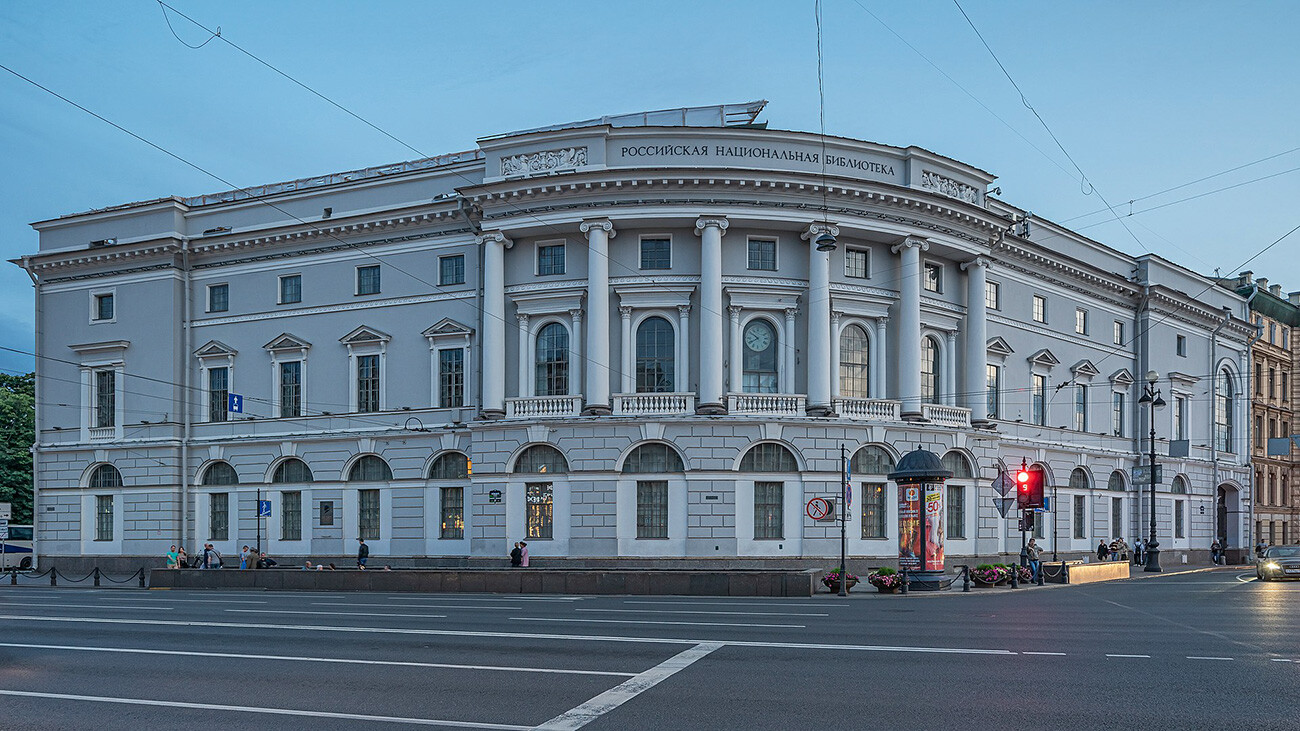
If the atmosphere of ancient libraries is more your taste, you’ll like this Gothic hall, reminiscent of a 15th-century European monastic cell c. This room with arching vaults and stained glass windows was designed in 1857 to safekeep tomes published before 1501 – incunables (a book, pamphlet or broadside that was printed in the earliest stages of printing in Europe). At first, this room with early printed books, chained to their shelves as per old tradition, was called the Hall of Incunables. Soon, due to its similarity with the office of a medieval scientist, a new nickname stuck to it – Faust’s Office.
It also hosts publications from the libraries of Louis XIV, Anne of Austria, Marquise de Pompadour, Cardinal Richelieu, Napoleon, the first books printed with Peter’s civil script in 1708, the first ‘Vedomosti’ newspaper in the country printed in 1703, as well as other rarities. You can see Faust’s Office by signing up for an official tour.

From the exterior, the building of the Lutheran St. Anne's Church looks quite ordinary. Inside, it’s more atmospheric: you’ll be welcomed by bare walls. After a strong fire in 2002, the interiors were not restored. But, that’s even more interesting: the organizers of cultural events distinguish this space with light and decorations, achieving a theatrical effect. Apart from religious services, concerts, exhibitions, fairs and lectures are also held inside.
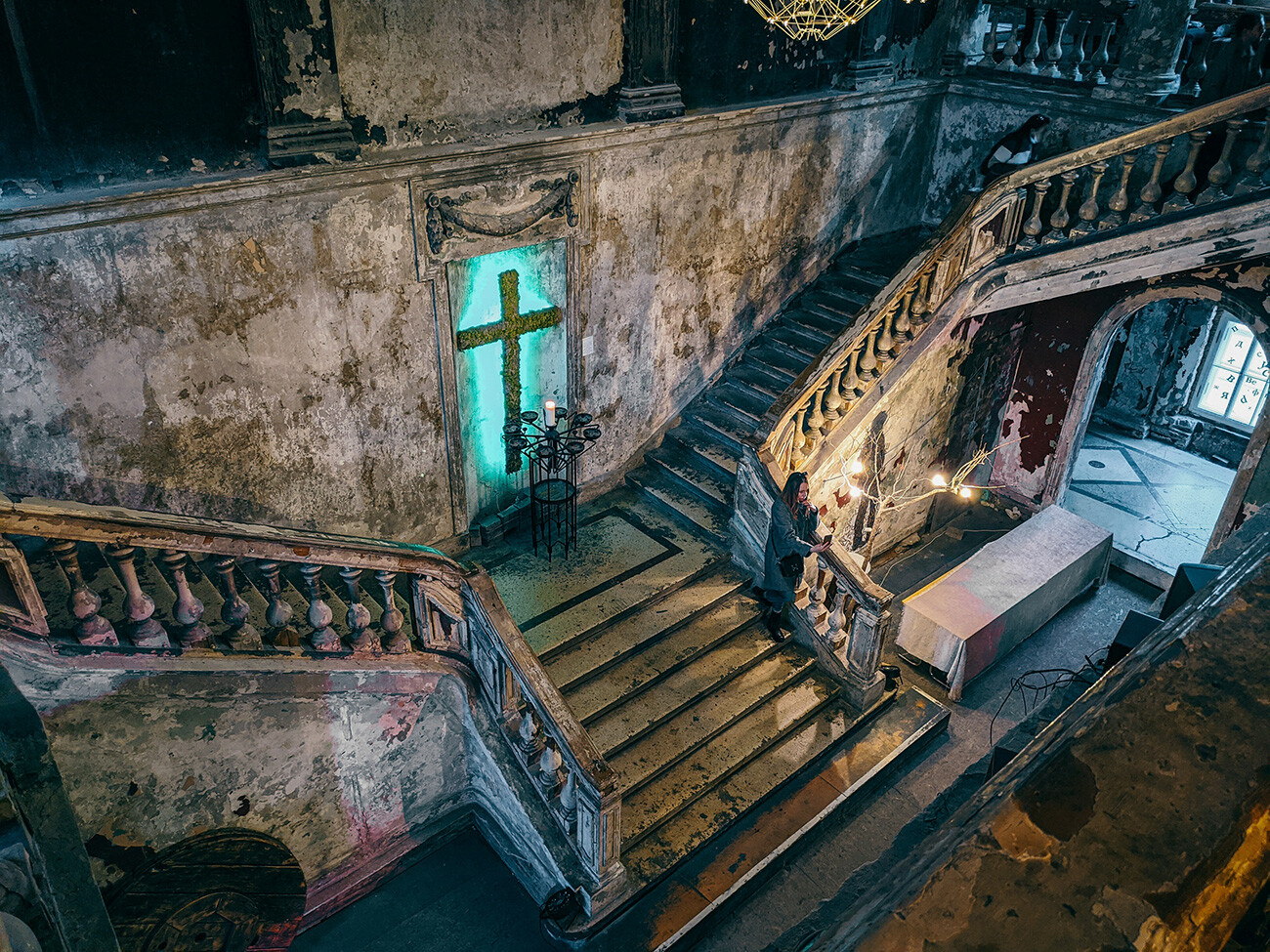
Dear readers,
Our website and social media accounts are under threat of being restricted or banned, due to the current circumstances. So, to keep up with our latest content, simply do the following:
If using any of Russia Beyond's content, partly or in full, always provide an active hyperlink to the original material.
Subscribe
to our newsletter!
Get the week's best stories straight to your inbox